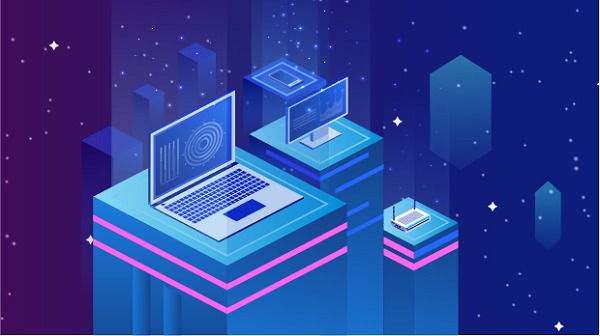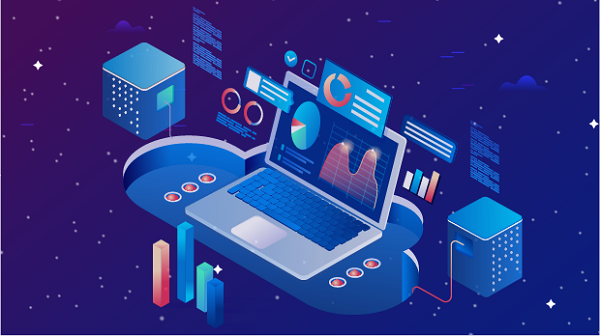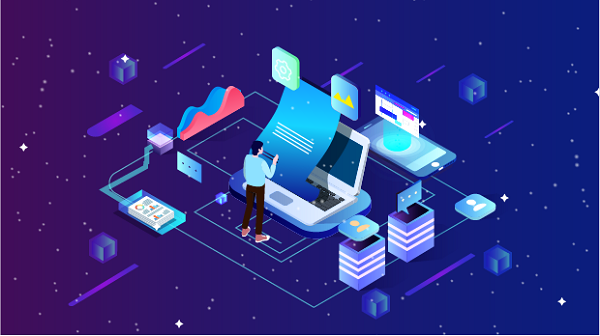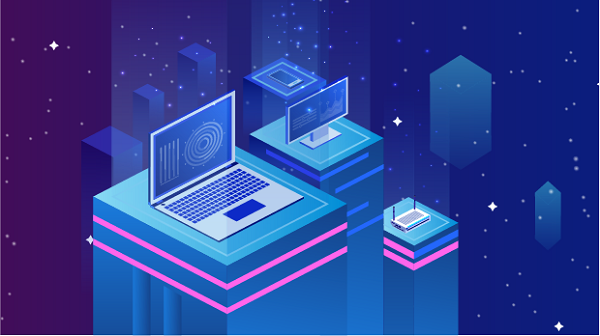Web scraping has become an essential technique in the data-driven world of today. It allows individuals and organizations to extract valuable information from websites, enabling them to analyze data, monitor competitors, and gain insights into market trends. This article will provide a detailed description of web scraping, its methodologies, applications, challenges, and ethical considerations.What is Web Scraping?Web scraping, also known as web harvesting or web data extraction, is the automated process of retrieving and extracting data from websites. The data collected can include text, images, videos, and other multimedia elements. Web scraping is typically performed using software tools or scripts that simulate human browsing behavior to access web pages and gather the desired information.How Web Scraping WorksWeb scraping involves several key steps:1. Sending a Request: The scraper sends an HTTP request to the target website's server. This request can be made using various programming languages, such as Python, Java, or JavaScript.2. Receiving the Response: The server processes the request and sends back an HTTP response, which typically includes the HTML content of the requested web page.3. Parsing the HTML: Once the HTML content is received, the scraper parses the document to extract the relevant data. This can be done using libraries like Beautiful Soup or lxml in Python, which allow for easy navigation and manipulation of HTML structures.4. Data Extraction: After parsing the HTML, the scraper identifies the specific elements containing the desired data (e.g., product prices, titles, descriptions) and extracts this information.5. Storing the Data: The extracted data can be stored in various formats, such as CSV files, databases, or spreadsheets, for further analysis and processing.Tools and Technologies for Web ScrapingNumerous tools and libraries are available for web scraping, ranging from simple browser extensions to complex programming frameworks. Some popular options include:- Beautiful Soup: A Python library that makes it easy to scrape information from web pages by providing simple methods for navigating and searching the parse tree.- Scrapy: An open-source web crawling framework for Python that allows users to build their own web scrapers quickly and efficiently.- Selenium: A tool primarily used for automating web applications for testing purposes, but it can also be used for web scraping by simulating user interactions with web pages.- Octoparse: A user-friendly, visual web scraping tool that does not require programming skills, making it accessible to non-technical users.- ParseHub: A web scraping tool that offers a visual interface for extracting data from websites without writing code.Applications of Web ScrapingWeb scraping has a wide range of applications across various industries. Some common use cases include:1. Market ResearchBusinesses often use web scraping to gather data on competitors, pricing strategies, and consumer behavior. By analyzing this data, companies can make informed decisions about their products and marketing strategies.2. Price MonitoringE-commerce companies frequently use web scraping to monitor competitors' prices in real-time. This allows them to adjust their pricing strategies dynamically and remain competitive in the market.3. Content AggregationWeb scraping is used by content aggregators to collect information from multiple sources and present it in a single platform. For example, news aggregators scrape articles from various news websites to provide users with a comprehensive overview of current events.4. Real Estate ListingsReal estate companies use web scraping to gather property listings from various websites, allowing them to maintain up-to-date databases of available properties for sale or rent.5. Academic ResearchResearchers often use web scraping to collect data for studies, surveys, and analyses. This can include gathering data from social media platforms, forums, or academic publications.6. Job Market AnalysisJob boards and recruiting agencies scrape job listings from various websites to analyze trends in the job market, including demand for specific skills, salary ranges, and geographic distribution of job opportunities.Challenges of Web ScrapingWhile web scraping offers numerous benefits, it also presents several challenges:1. Legal and Ethical IssuesWeb scraping can raise legal and ethical concerns. Some websites explicitly prohibit scraping in their terms of service, and violating these terms can lead to legal consequences. Additionally, scraping personal data without consent can infringe on privacy rights.2. Website Structure ChangesWebsites frequently update their layouts and structures, which can break existing scraping scripts. Scrapers need to be regularly maintained and updated to accommodate these changes.3. Rate Limiting and IP BlockingMany websites implement measures to prevent scraping, such as rate limiting (restricting the number of requests from a single IP address) and IP blocking. Scrapers must be designed to handle these restrictions to avoid being blocked.4. Data Quality and AccuracyScraped data may not always be accurate or complete. Websites may have outdated information, or the scraper may fail to extract data correctly. This can lead to inconsistencies in the collected data.5. CAPTCHAs and Anti-Scraping TechnologiesTo deter automated scraping, many websites use CAPTCHAs and other anti-scraping technologies. These measures can complicate the scraping process and require additional techniques to bypass.Ethical Considerations in Web ScrapingWhen engaging in web scraping, it is essential to consider ethical implications. Here are some best practices:1. Respect Robots.txtMost websites have a `robots.txt` file that specifies which parts of the site can be crawled by bots. Scrapers should always check this file and adhere to the guidelines it provides.2. Avoid Overloading ServersScrapers should be designed to minimize the load on target servers. This can be achieved by implementing delays between requests and limiting the frequency of scraping.3. Obtain ConsentWhenever possible, obtain permission from website owners before scraping their content. This fosters goodwill and can help avoid legal issues.4. Use Data ResponsiblyEnsure that scraped data is used responsibly and ethically. Avoid using personal information without consent and respect privacy rights.5. Acknowledge SourcesWhen using scraped data, it is good practice to acknowledge the source. This adds credibility to your work and respects the efforts of content creators.ConclusionWeb scraping is a powerful tool that enables individuals and organizations to extract valuable data from websites. Its applications span various industries, from market research to academic studies. However, it is crucial to navigate the challenges and ethical considerations associated with web scraping carefully. By adhering to best practices and respecting the rights of content creators, web scraping can be a beneficial and responsible practice in the digital age. As technology continues to evolve, so too will the methods and tools available for web scraping, making it an ever-relevant skill in the world of data analysis and business intelligence.
Aug 27, 2024
![arrow]()




























































